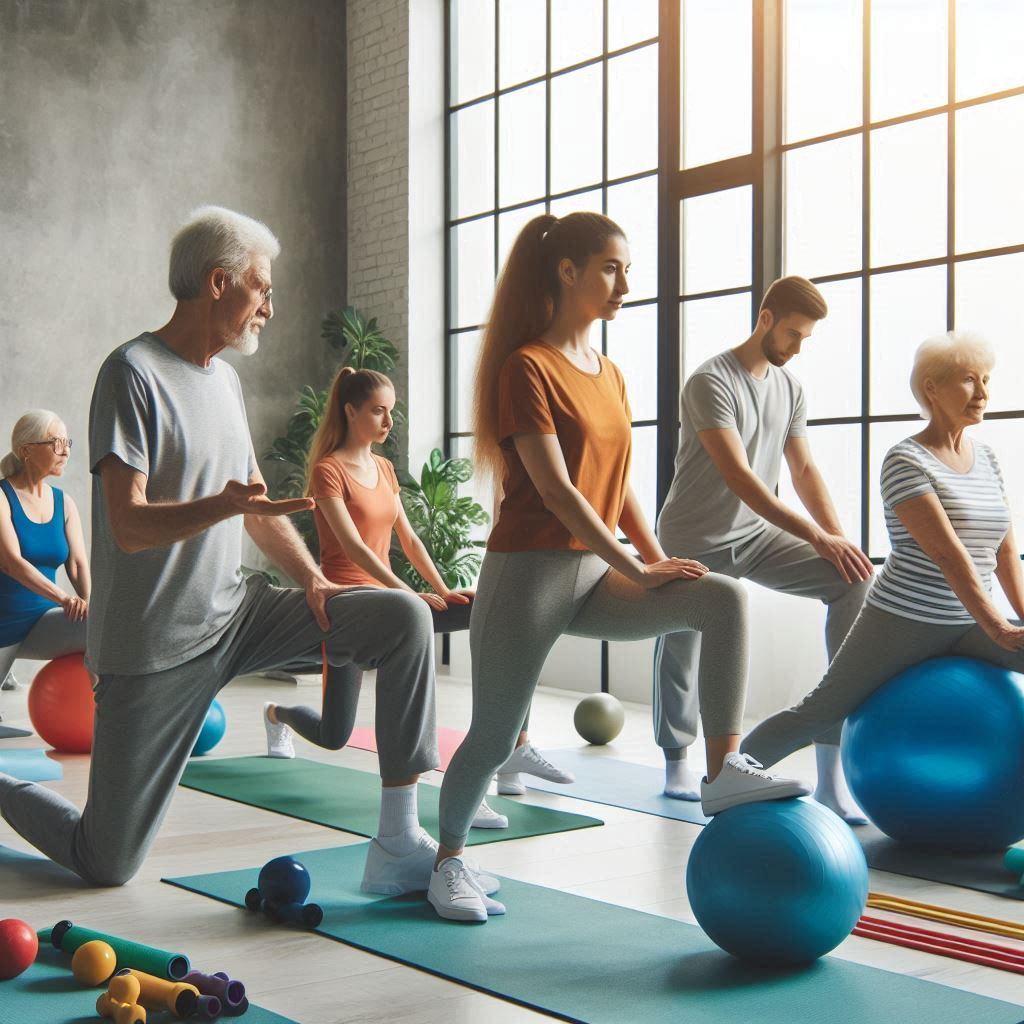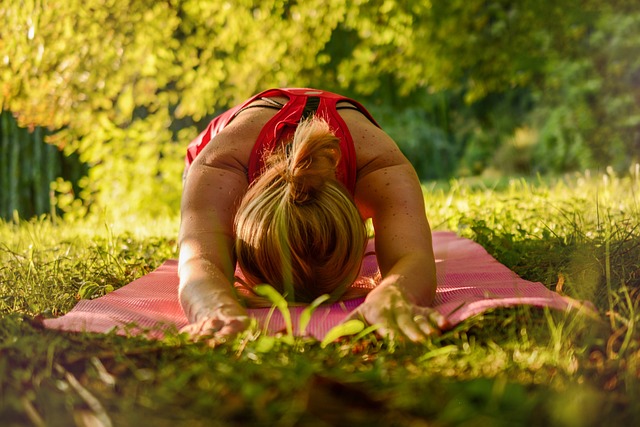Yoga: Enhancing Flexibility and Relieving Stress in Your Fitness Routine
Introduction:
Yoga has gained widespread recognition as a potent form of exercise that not only fosters physical fitness but also enhances mental well-being. In this article, we delve into the advantages of integrating yoga into your fitness routine, with a focus on its ability to improve flexibility and alleviate stress. Whether you’re a seasoned practitioner or new to the discipline, embracing yoga can bring about numerous positive changes to your life.
Understanding Yoga:
Yoga, an ancient practice originating from India, blends physical postures (asanas), breathing techniques (pranayama), and meditation to promote overall health and vitality. Highly adaptable, yoga offers various styles and intensity levels, making it accessible to individuals of all ages and fitness levels.
Enhancing Flexibility:
One of yoga’s primary benefits lies in its capacity to enhance flexibility by elongating and stretching muscles across the body. Regular practice of yoga asanas, such as downward dog, forward bends, and spinal twists, aids in increasing the range of motion in joints and muscles, gradually improving flexibility. Improved flexibility not only reduces the risk of injury during other forms of exercise but also fosters better posture and balance in daily activities.
Alleviating Stress:
Yoga is revered for its stress-relieving properties, providing a sanctuary from the fast-paced demands of modern life. Through focused breathing techniques and mindful movement, yoga encourages practitioners to be present in the moment, calming the mind and reducing stress levels. Research indicates that regular yoga practice can lower cortisol levels (the stress hormone) and promote the release of endorphins (feel-good hormones), resulting in a greater sense of relaxation and well-being.
Incorporating Yoga into Your Routine:
You don’t need to dedicate hours each day to reap the benefits of yoga; even a few minutes of practice can make a significant difference. Consider integrating short yoga sessions into your morning or evening routine, or take breaks throughout the day to stretch and breathe deeply. Joining a yoga class or following online tutorials can provide structure and guidance, ensuring a consistent practice and continued progress.
Conclusion:
Integrating yoga into your fitness routine offers a holistic approach to health and wellness, benefiting both body and mind. By enhancing flexibility and alleviating stress, yoga empowers individuals to lead healthier, more balanced lives. Whether practiced as a standalone activity or alongside other forms of exercise, yoga provides a sanctuary for self-care and personal growth. Start your journey to greater flexibility and inner peace today by embracing the transformative power of yoga.
FAQs:
Q. What is yoga, and how does it differ from other forms of exercise?
Ans. Yoga is a holistic practice originating from ancient India that combines physical postures (asanas), breathing techniques (pranayama), and meditation. Unlike traditional forms of exercise that focus solely on physical fitness, yoga emphasizes the integration of mind, body, and spirit.
Q. How does yoga improve flexibility?
Ans. Yoga improves flexibility by stretching and lengthening muscles throughout the body. Asanas (yoga poses) target specific muscle groups, gradually increasing their range of motion and reducing stiffness.
Q. Can beginners start practicing yoga, or is it only for advanced practitioners?
Ans. Yoga is suitable for individuals of all fitness levels, including beginners. Many yoga classes offer modifications and variations of poses to accommodate different skill levels and physical abilities.
Q. What are the benefits of incorporating yoga into a fitness routine?
Ans. The benefits of yoga include improved flexibility, strength, balance, and posture. Additionally, yoga promotes relaxation, stress reduction, mental clarity, and overall well-being.
Q, How often should I practice yoga to see results?
Ans. Consistency is key when practicing yoga. Aim to practice at least 2-3 times per week to experience noticeable improvements in flexibility, strength, and stress reduction. However, even practicing for a few minutes daily can yield benefits.
Q. Can yoga help with stress relief and mental health?
Ans. Yes, yoga is renowned for its stress-relieving properties. Through mindful movement, deep breathing, and meditation, yoga calms the nervous system, reduces cortisol levels (the stress hormone), and promotes relaxation and mental clarity.
Q. What types of yoga are best for beginners?
Ans. Hatha and Vinyasa yoga are often recommended for beginners due to their accessible pace and focus on foundational poses. Restorative and Yin yoga are also suitable for beginners as they involve gentle stretching and relaxation.
Q. Do I need any special equipment to practice yoga?
Ans. While yoga studios may provide props such as yoga mats, blocks, and straps, you can practice yoga with minimal equipment. All you really need is a comfortable yoga mat and clothing that allows for ease of movement.
Q. Is yoga a good form of exercise for weight loss?
Ans. While yoga may not burn as many calories as high-intensity workouts like running or weightlifting, it can still contribute to weight loss and overall fitness when combined with a balanced diet and regular exercise routine. Yoga helps build lean muscle mass, improve metabolism, and increase body awareness, which can support weight management goals.
Q. How can I find the right yoga class or instructor for me?
Ans. Explore local yoga studios or community centers to find classes that match your preferences and skill level. Consider trying different styles of yoga and attending classes taught by different instructors until you find the right fit for you. Many studios offer introductory deals or drop-in classes for new students to try out. Additionally, online platforms offer a wide range of yoga classes and tutorials for practicing at home.










